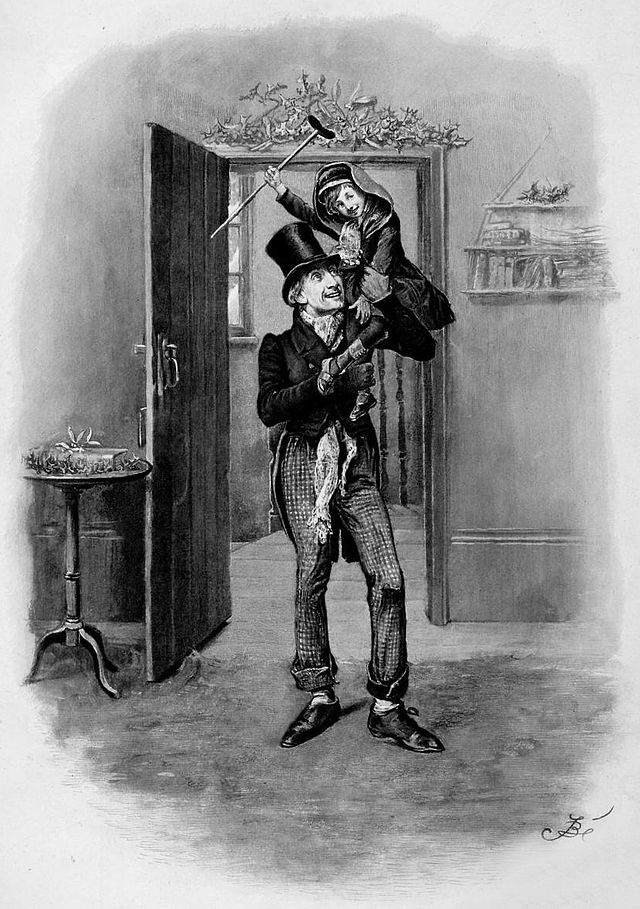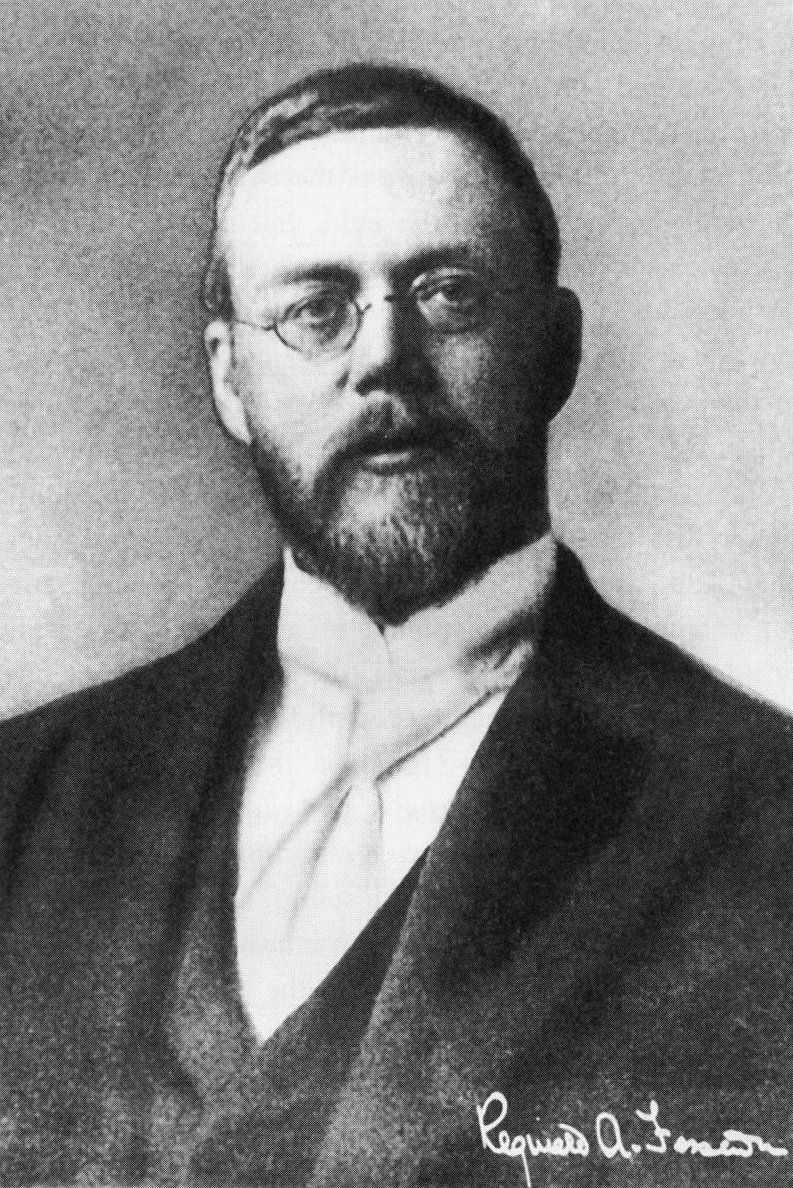By TR Robertson
One of the best Christmas stories is wrapped with both fact and fiction. Most of the events actually happened, but as with most things, the event’s storyline has grown as the years pass. This tale begins in the trenches of World War I in 1914 on December 24th. There was a temporary cease fire between British and German forces in the “war to end all wars”. The British High Command had warned their troops that fraternization with the enemy might result in a decreased desire to fight. On the German side, Christmas trees had been brought in and candles were placed in the trees to decorate them. Early in the evening of the 24th the British troops could hear the German soldiers singing “Stille Nacht” (“Silent Night”). Slowly British troops joined in. It is said both sides began to hold lanterns and candles as they sang. The story then continues that when the song was over a German soldier called out, “Tomorrow is Christmas, if you don’t fight, we won’t.” A peaceful night led to a peaceful morning. Supposedly the Germans sent beer to the British and the British sent plum pudding. One at a time, soldiers from both sides began walking toward one another, handshakes ensued as well as small gifts passed out, such as cigarettes and candies. Someone from one of the sides tossed in a soccer ball and a chaotic soccer match began on the less than level field. This legendary match is also wrapped in mystery as to the winner, but most accounts claim the Germans won 3-2. Later in the morning the soldiers departed and went back to their sides to continue a war that would last until 1918. A 2005 movie was made about this incredible story called “Joyous Noel”.
Charles Dickens classic Christmas tale, A Christmas Carol, could have had a different title as well as a number of different names for the various names we know today. Dickens had a habit of experimenting with a variety of names for his characters before settling on names that would appear in the final drafts. A Christmas Carol was first listed as Martin Chusslewit, a name that would eventually become Ebenezer Scrooge and the title of the novel would change as well. Dickens considered the names Puny Pete, Little Larry and Small Sam before settling on Tiny Tim as the young boy that would warm Scrooge’s cold heart.

On Christmas Eve in 1906 the first radio program was broadcast. Canadian-born Professor Reginald Aubrey Fessenden use the 420-foot radio tower of the National Electric Signaling Company at Brant Rock on the Massachusetts seacoast to send his signals. Fessenden opened the fuzzy broadcast by playing “O Holy Night” on the violin. He later recited verses from the Gospel of St. Luke followed by a broadcast of a gramophone version of Handel’s “Largo”. The signal could be received by anyone with some of the first radios within a five-mile radius.

The first advertising jingle was heard on radio when it was aired on Christmas Eve in 1926 in Minneapolis, Minnesota. A barbershop quartet sang a song about the breakfast cereal Wheaties. The jingle went like this,
“Have you tried Wheaties? They’re whole wheat with all of the bran., Won’t you try Wheaties?, For wheat is the best food for man.”
The next week sales for Wheaties skyrocketed in Minneapolis. Later that year the jingle would appear on other radio stations.
Another story is wrapped in fact and fiction about this time of year. The story centers around the North American Aerospace Defense Command (NORAD) the beginnings of their tracking of Santa on Christmas Eve, starting in the 1950’s during the Cold War. The story says that in 1955 an American department store ran an ad by mistake in the local newspaper with a phone number listed that was supposed to be the department store’s number, but instead was the phone number of the Continental Air Defense Command (CONAD), an organization that would become NORAD. Colonel Harry Shoup was on duty that evening and began to receive numerous phone calls asking for Santa’s location, which the ad had advertised, and the department store was supposed to give out. The Colonel decided that rather than not responding to the calls he would assign an officer to give out Santa’s location as he visited cities in the United States. A tradition was born that night and still continues at www.noradsanta.org/en each Christmas Eve. Some speculate the U.S. military saw this as a chance during the Cold War to show how the free world has Santa and other countries may not. Maybe the best answer is Americans love Christmas and this is just another way to add to the magic of the holiday season.
Happy Holidays Everyone!





